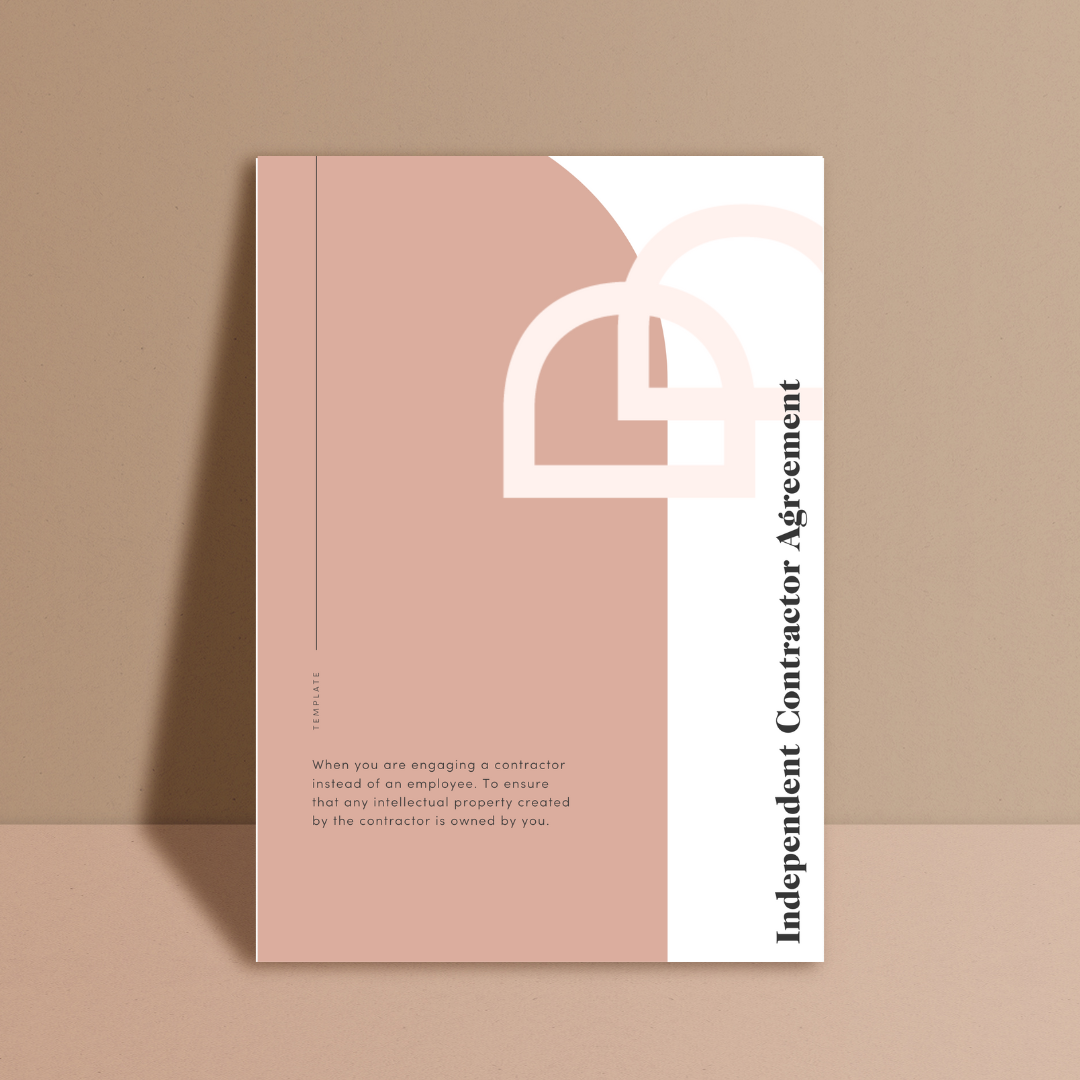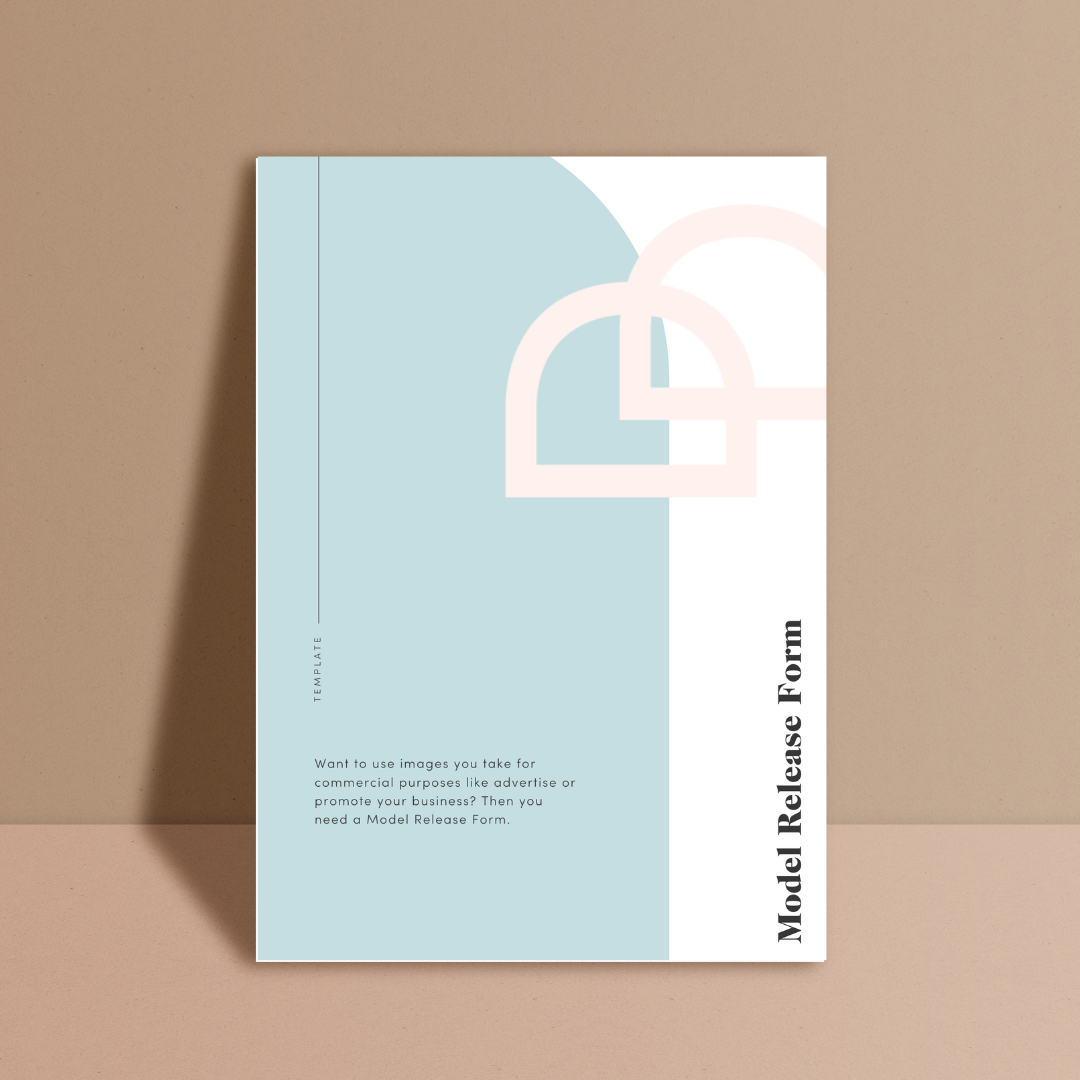There is a common misconception floating around cyberspace that using 10% of another person’s work means that you are not infringing on their copyright.
Well, friend, we are here to dispel that myth and tell you that it’s about as real as Santa Claus.
In this blog, we give you the 411 on copyright, how you can infringe on someone else’s and why the 10% rule in relation to copyright infringement is bogus.
The 411 on Copyright
What is copyright?
Copyright gives people a reason to keep on creating original work. It provides creators with full control over and exclusive rights to do anything they want with their original work. It also protects them from sneaky pests who want to copy their hard work.
Works commonly protected by copyright are:
- Videos like that online course that you are dying to create. You should, by the way.
- Artwork such as drawings, illustrations, graphic designs, sculptures, photographs or paintings.
- Written material including books, blog posts, templates, and checklists.
- Sound recordings like songs and podcasts.
- Performance work. Yes, plays and dance routines are covered by copyright.
Why does copyright exist?
This question is best answered with an example.
Tina is a songwriter who writes an original song. The tune is so good that Tina chooses to reproduce, distribute, sell and license it. Tina can do this as she has copyright over her song.
If someone else could copy and make money out of Tina’s song without any consequences, Tina would have no incentive to keep writing music, would she? No. That’s why copyright exists.
How can you infringe on someone else's copyright?
You can infringe on someone else’s copyright directly or indirectly.
What is direct copyright infringement?
Direct copyright infringement is when you use or reproduce someone else’s original work without their permission.
Generally speaking, this happens if you:
- Completely copy someone else’s work. For instance, you reproduce this blog and put it up on your website without our permission.
- You unconsciously copy someone else’s work. The bad news is that it does not matter if you intended to do this. Ignorance is not bliss in this scenario or an acceptable defence to a copyright infringement claim.
- You authorise another person to use someone else’s original work without their permission. For example, you copy a film and allow others to illegally download it through an online streaming service.
What is indirect copyright infringement?
Indirect copyright infringement occurs when someone - other than the copyright owner - sells or imports their original work without their authorisation.
For instance, if you sell this blog to someone else, you would be indirectly infringing on Foundd’s copyright.
Does only using 10% of someone else's work get me out of a claim for copyright infringement?
No. There is no such thing as a ‘10% rule’ in assessing copyright infringement. It should not be used as an excuse to use or reproduce someone else’s work without their permission.
If another business takes you to court for copyright infringement, the court will consider the quality of the work that you reproduced not how much. The part that you copied only needs to be a “substantial part” of the other person’s work.
The reason for this is that it would be a waste of time and resources for a judge to sit there and figure out, for example, what 10% of an artwork or dance routine would be.
Foundd Tip: Use caution when using or reproducing someone else’s work. If you need to, ensure you read what their terms and conditions say. If you’re ever unsure, touch base with us. Don’t put yourself at risk of a claim for copyright infringement.
Sharing is caring but it most definitely is not when it comes to someone else’s hard work. Using or reproducing another person’s work without their authorisation can make you liable for copyright infringement.
SIGN UP TO OUR FREE BUSINESS CHECKLIST
***Disclaimer. Please read!!***
This article is for general information purposes only and should be used solely as general guidance. It does not and is not intended to represent legal advice or other professional advice.
All rights reserved. © Foundd Legal Pty Ltd















